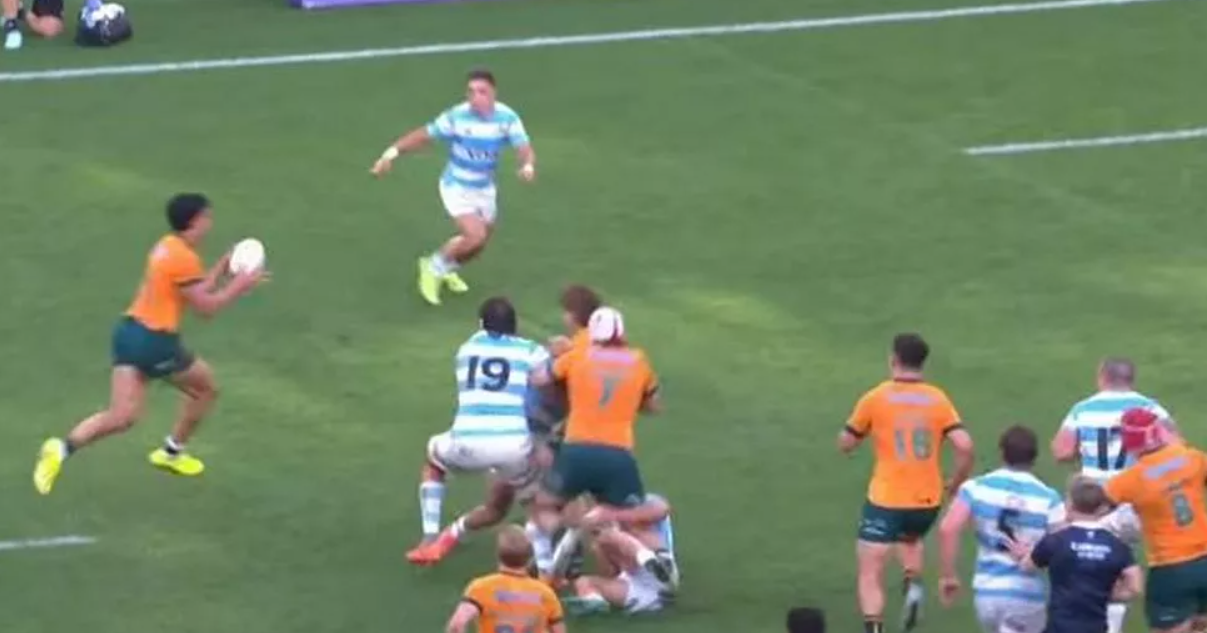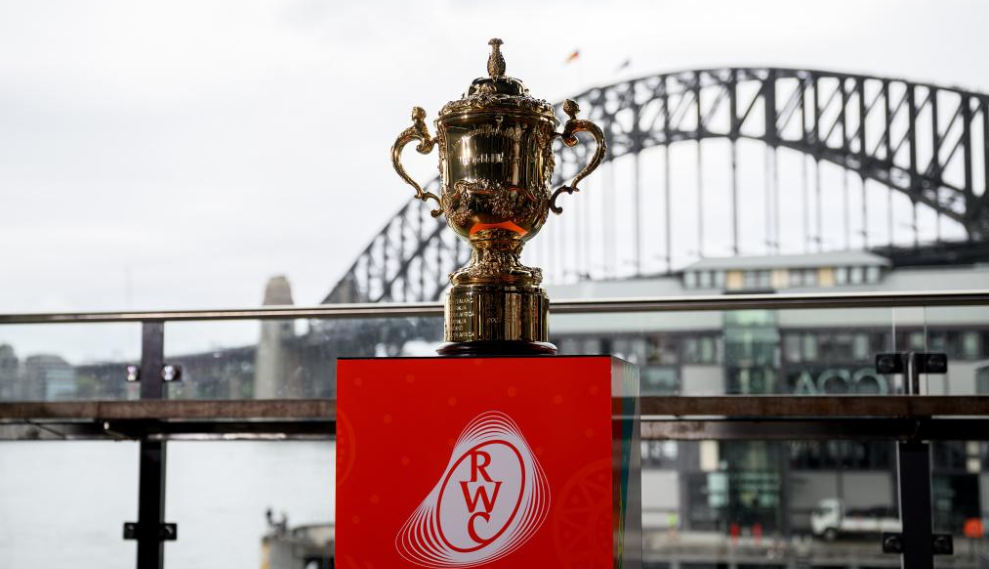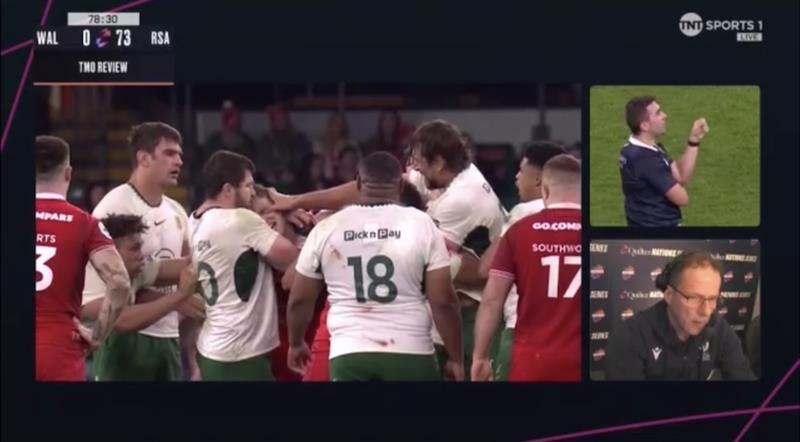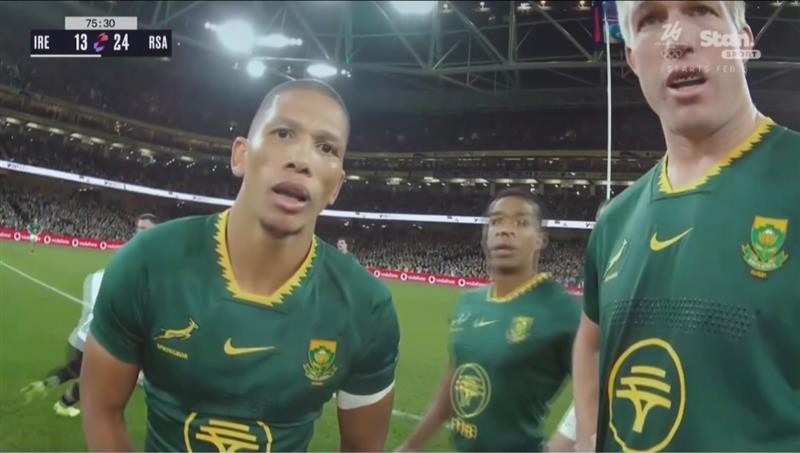If you watched the Wallabies’ frantic finish against Argentina in Sydney and felt like someone had smuggled a football rule onto the pitch, you weren’t hallucinating. Late, in the kind of breath-stopping scramble that makes stadiums roar and pundits gasp, Andrew Kellaway’s offload to Filipo Daugunu was awarded as a try – and awarded after a TMO check. The footage, to most neutral eyes, looked like a forward pass so blatant it could have been delivered by courier to the quarterfinals of the 2027 Rugby World Cup. The result: a bonus point that briefly lifted Australia into the top spot in the 2025 Rugby Championship and a smell of injustice that hung over the competition like a wet jumper.
This isn’t just about one late score in a match that finished Argentina 28, Australia 26. It’s about what happens when the very system designed to correct human error – the Television Match Official – becomes the amplifier of it. TMO calls are supposed to be the safety net that prevents scandals. Too often now they’re the spotlights that reveal the seams.
How one offload rewrote a tiny corner of history
The on-field referee referred the final phase to the TMO. Replays showed the ball leaving Kellaway’s hands in a motion that, in slow motion, looked forward. Social media erupted. Local and international outlets described the decision as “ridiculous,” “bizarre,” and “shockingly lenient”; fans and pundits demanded to know how the camera angles used could produce a verdict that appeared to contradict what everyone saw in the replays. The Roar, The Telegraph and major match reports captured that incredulity.
Yes, mathematics in short round-robin tournaments like The Rugby Championship can turn a single bonus point into leverage. Promotions, pots, seeding: small margins spin into big consequences. That’s precisely why the TMO’s job matters. It is not a luxury. It’s the referee’s second brain – and it failed spectacularly in terms of perception, if not in terms of the letter of protocol.
The TMO’s original promise – and where it went wrong
When the TMO was introduced at top level, the promise was straightforward: remove the most obvious human errors. On-field referees are human; they get one set of eyeballs on an often-confusing mass of bodies and balls. The TMO’s remit, by contrast, was the luxury of time and multiple camera angles. The logic was simple: bigger lens, better decisions.
But we now live in an era where the TMO checks answers the way a partisan fan checks Twitter: selectively, and sometimes apologetically. There are several failure-modes at play:
- Selective framing. TMOs rely on the angles supplied by broadcasters. When those angles are weak, the TMO is forced to make decisions on less-than-ideal footage. That’s a technical shortcoming the sport must fix.
- Cultural capture. At times the TMO seems to defer to the on-field call unless there is rock-solid evidence to overturn – even when the footage strongly suggests otherwise. The bar for “clear and obvious” has been treated as a mystical concept rather than a measurable standard.
- Protocol stretching. TMOs have been credited with intervening beyond their written scope in several high-profile matches, which has created inconsistency about when the TMO should get involved and what they are allowed to adjudicate.
These aren’t speculative gripes. They are lessons carved by previous scandals – and yet the pattern keeps repeating.
This wasn’t the first time the TMO has humiliated the sport
If anyone tells you a TMO meltdown is a one-off, hand them a calendar. The sport has a long, ugly tail of officiating moments that still make fans grind their teeth.
Take the 2007 Rugby World Cup final. Mark Cueto’s diving finish for England was ruled out by TMO Stuart Dickinson after what felt like an eternity of review. Dickinson defended his decision, but the image of a would-be match-turning try disappearing into the TMO ether has been replayed forever in grudges and pub quizzes. It’s a touchstone: the technology was meant to save us from injustice, and yet that night it created a crater of doubt. Danie Rossouw CLEARLY pushed Cueto out in THE clutch Rugby World Cup final moment, but Dickinson overthought the decision – unaided by a language barrier – , and created enough doubt for the rest of eternity.
Fast-forward to 2018 and another bitter pill: Sam Underhill’s late effort against New Zealand at Twickenham. An on-field try was overturned by the TMO, and the controversy rolled on for weeks. World Rugby stood by the decision — but the public reaction was brutal and the episode widened the trust-gap between fans and officials. The lesson wasn’t new: overturning or preserving an on-field call without clear, consistent sightlines leaves everyone furious — players, coaches, and viewers alike.
More recently the 2023 Rugby World Cup final produced its own TMO aftershocks. A try was disallowed in a way that led to wider questions about the TMO’s jurisdiction and philosophy – and one of the match’s TV officials later stepped back from Test officiating, citing the online abuse and pressure that followed. That wasn’t just gossip; it was a formal sign that the job has become toxic and that the institution is creaking under public scrutiny.
Then there are the matches that don’t even make the front pages but still reveal rot. In the Six Nations 2024, Scotland’s Sam Skinner was denied a last-gasp try because the TMO could not find “conclusive proof” of grounding – a decision that left Murrayfield in stunned silence and became another data point in the “TMO: help or hindrance?” file.
These are not equal: examples of confirmed TMO cock-ups
Let’s be precise: there’s a difference between close calls and confirmed errors. Some of the incidents above were legitimately arguable; others have been admitted, investigated, or so plainly mishandled that the post-hoc fallout acts as confirmation.
• 2007 RWC Final — Mark Cueto: The TMO’s slow-motion decision to rule Cueto’s score out is still debated. The official line was the foot brushed touch, but the delay and the dependence on a few dubious frames fed a narrative that the process – not just the call – was rotten.
• 2018 England v New Zealand – Sam Underhill: The TMO intervention overturned a potentially match-winning try. World Rugby defended the decision, but the uproar showed that a decision being “defensible” under protocol is not the same as being accepted as fair.
• 2023 RWC Final – disallowed All Blacks try and fallout: The final produced a cascade of TMO-led controversies; the man in the replay chair later pulled back from Test duty under pressure. That’s an institutional red flag.
• 2024 Six Nations – Scotland v France (Sam Skinner): A late Murrayfield roar turned into silence when the TMO could not find a grounding. The optics were damning and the result was decisive.
• And now: 2025 Rugby Championship – Australia v Argentina: The Kellaway-Daugunu sequence has become the new example everyone uses when explaining how a single TMO call can alter a competition table and, therefore, the sport’s narrative over months or years.
Why the pattern persists
Three structural problems explain why similar scenes keep replaying:
- Broadcast dependency. TMOs work only as well as the camera set-up. When production is sparse – and it frequently is outside the handful of elite, highest-revenue fixtures – the video evidence is hamstrung. The sport has not required a consistent, minimum set of angles for international games; broadcasters vary wildly in coverage. That’s fixable.
- Protocol opacity. “Clear and obvious” should not sound like a legal maxim. World Rugby must define it with examples, frames and a minimum review procedure. Ambiguity breeds inconsistency and conspiracy theories.
- Human fallibility under siege. TMOs and referees are people under unprecedented scrutiny. The online pile-ons after 2023’s final (and the TMO stepping back) are symptoms of an environment too hostile for reflective decision-making. If the men and women tasked with correcting errors cannot do their jobs without fear of abuse, the system becomes unsustainable.
The medicine: practical, non-magical fixes
Here’s a checklist that would restore credibility faster than another “clarifying statement” tweet from a governing body:
- Mandatory camera set. World Rugby should require a minimum package of angles for any match that uses a TMO: two end-line cameras, two touchline cameras, one aerial, and a dedicated slow-motion feed. No angle, no TMO referral.
- Publish terse TMO notes. After the match, release a short paragraph: what was checked, which frames were decisive, and why the decision stood or fell. No legalese; just the facts.
- Independent audit. Create a rotating panel that reviews contentious TMO decisions within seven days. Publish anonymised verdicts and learning points. This is transparency, not witch-hunting.
- Clear remit and training. Tighten the TMO’s jurisdiction – or, if you prefer more latitude, explicitly expand it and train accordingly. No more ad-hoc jurisdiction creep.
- Psychological safety for officials. Protect TMOs from the worst of online vitriol by committing to media protocols (no doxxing, sanctions for abuse) and mental-health support.
These measures aren’t revolutionary. They’re just adult governance.
The human cost – and the sport’s reputation
Players carry the scars. Coaches remember losses that were shaped by pixels. Fans carry grudges. And the sport’s reputational currency – honesty, fairness – takes incremental hits. Over time, that erosion matters. It affects broadcast trust, sponsor patience, and the willingness of new fans to invest their emotions in a game where the rules of intervention feel arbitrary.
In the Sydney example, Argentina’s players and supporters were robbed of a clean narrative: a win duly earned, not a win defended against an unconvincing TMO verdict. For the Wallabies, the temporary joy of a bonus point is poisoned by the knowledge it arrived under a cloud.
Closing – a plea, not a tantrum
Rugby is the kind of sport that still believes in the handshake, the apology and the honesty of the contest. The TMO was meant to protect that DNA. Instead, it’s become a recurring pain point – a black box whose outputs sometimes look like they were produced by a committee with conflicting instruction manuals.
Fixes exist. They will cost a little money, a little humility and a bit of institutional courage. World Rugby and national unions must decide whether they want this recurring controversy to define the era – or whether they will act now, hard and fast, and restore the TMO to its rightful role: an honest magnifier of the truth, not an apologist for error.
If the Kellaway–Daugunu offload becomes another meme in a long parade of TMO puzzlers, that will say more about the sport’s willingness to look in the mirror than about any single official’s competence. And if rugby values fairness – as it always claims to – then it must do the difficult work that fairness requires: better cameras, clearer rules, published reasoning, and a culture that supports the very people tasked with policing the game.
We can have a beautiful collision sport that also gets the calls right. The Kellaway pass didn’t ruin rugby. But it did strike a match under the rulebook. The question now is whether the sport will put out the fire – or let it keep smouldering until the next big game.




